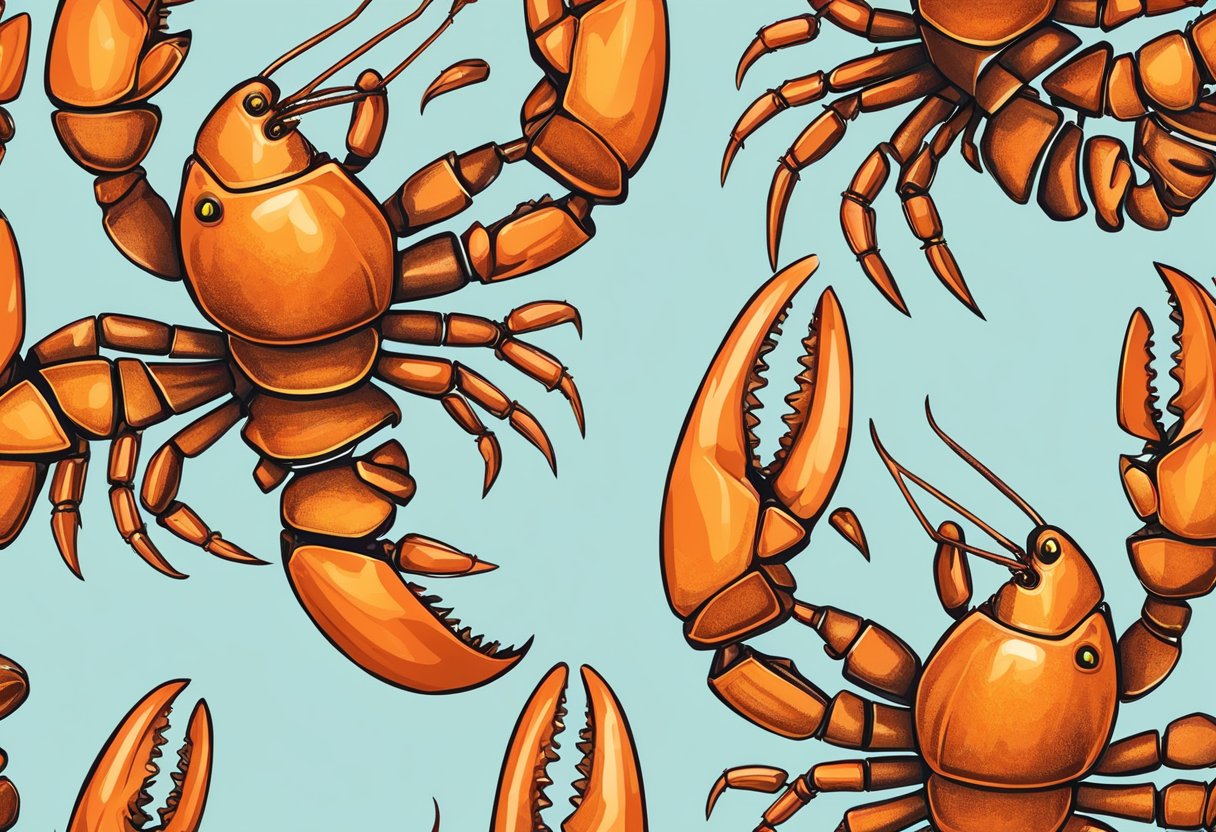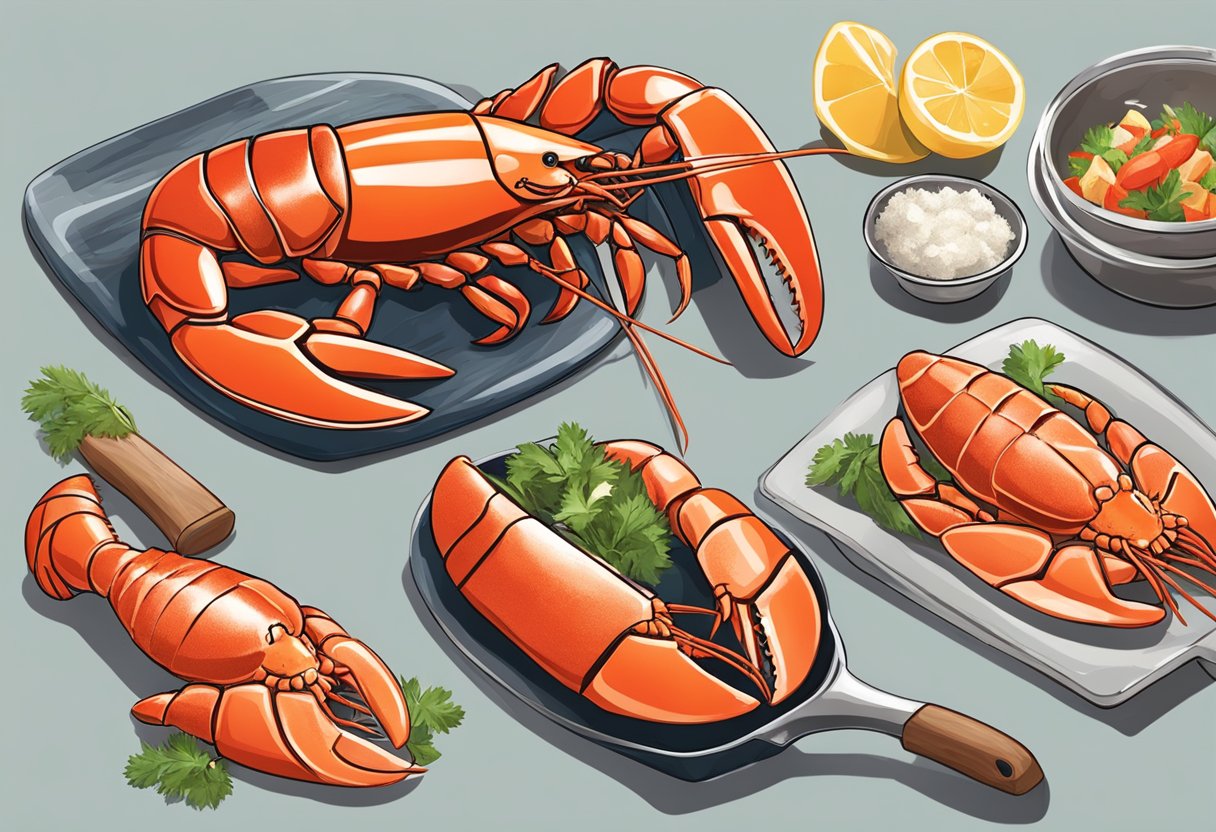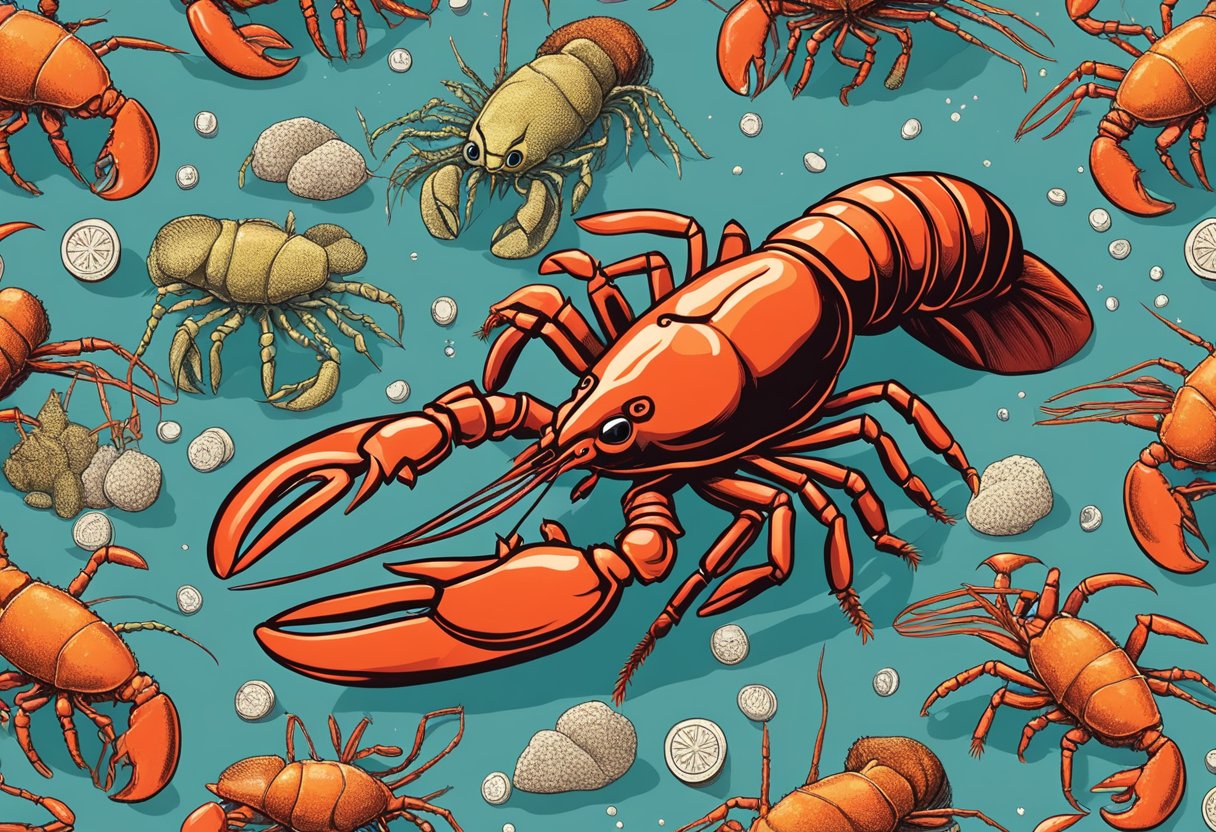Lobster claws and arms are considered a delicacy by many seafood enthusiasts. They are known for their succulent meat and unique flavour, making them a popular choice for special occasions and fine dining. Whether you are a seasoned seafood lover or a curious foodie looking to try something new, lobster claws and arms are definitely worth exploring.
Understanding lobster claws and arms is essential if you want to cook them to perfection. Lobster claws are the large, powerful pincers that are used for crushing prey and self-defence, while the arms are the smaller, more delicate appendages that are used for feeding and movement. Both parts of the lobster contain meat that is prized for its sweet, briny flavour and firm texture. There are several different ways to prepare lobster claws and arms, from boiling and steaming to grilling and sautéing.
Cooking techniques and recipes for lobster claws and arms can vary depending on personal taste and culinary expertise. Some people prefer to keep things simple, serving their lobster claws and arms with melted butter and lemon wedges, while others like to experiment with different flavours and seasonings. Whatever your preference, there are plenty of recipes and cooking tips available to help you make the most of this delicious seafood delicacy.
Key Takeaways
- Lobster claws and arms are a popular delicacy known for their succulent meat and unique flavour.
- Understanding the different parts of the lobster is essential when cooking lobster claws and arms.
- There are many different ways to prepare and serve lobster claws and arms, with recipes and cooking tips available to suit all tastes and skill levels.
Understanding Lobster Claws and Arms

Anatomy and Characteristics
Lobster claws and arms are some of the most prized parts of the lobster. They are typically vibrant red in colour, with a distinct orange hue. The texture of the lobster claw meat is firm and succulent, making it perfect for a luxurious meal.
Lobster claws are made up of two parts: the crusher claw and the pincer or cutter claw. The crusher claw is larger and more powerful, and is used for crushing and breaking apart shells. The pincer or cutter claw is smaller and more nimble, and is used for tearing apart flesh.
Lobster claws vary in size, with larger claws being more desirable. The size of the claw is also an indicator of the age and maturity of the lobster. Larger claws tend to have more meat, making them a better choice for those looking for a more substantial meal.
Selecting Quality Lobster Claws
When selecting lobster claws, it is important to choose fresh, high-quality claws. Fresh lobster claws will have a firm texture and a sweet, delicate flavour. Frozen lobster claws, while convenient, may not have the same flavour and texture as fresh claws.
When choosing lobster claws, look for claws that are free of cracks and blemishes. The colour should be vibrant and the texture should be firm to the touch. Sweeter lobster claw meat is typically found in smaller, younger lobsters.
In summary, lobster claws and arms are a delicious and luxurious part of the lobster. When selecting lobster claws, choose fresh, high-quality claws that are free of cracks and blemishes. Larger claws tend to have more meat, making them a better choice for those looking for a more substantial meal.
Cooking Techniques and Recipes

Preparation Methods
Before you start cooking your lobster claws and arms, it's important to prepare them correctly. Begin by thawing the lobster claws in the refrigerator overnight. Once thawed, use a lobster cracker or a knife to crack the shell and remove the meat. You can also use a pair of kitchen scissors to cut the shell and extract the meat. Be careful not to damage the meat while removing it.
Cooking Methods
There are different ways to cook lobster claws and arms, including boiling, grilling, steaming, baking, and frying. Boiling is the most common method, and it's also the easiest. To boil lobster claws, add them to a pot of salted water and simmer for about 8-10 minutes until they turn bright red and the internal temperature reaches 135°F. You can also add some lemon wedges, bay leaves, and thyme to the water for extra flavour.
Grilling is another popular method for cooking lobster claws. Brush the claws with olive oil and sprinkle with paprika, black pepper, and thyme. Grill the claws over medium heat for about 5-7 minutes until they're cooked through. Steaming is also a great option for lobster claws. Place them in a steamer basket over boiling water and steam for about 10-12 minutes until they're fully cooked.
Flavour Enhancements
To enhance the flavour of your lobster claws, you can add some butter, garlic, and lemon juice. Melt some butter in a pan and add minced garlic and lemon juice. Dip the cooked lobster claws in the garlic butter before serving. You can also serve the claws with a side salad or some grilled vegetables, such as bell peppers and zucchini.
Serving Suggestions
When serving lobster claws, you can either serve them hot or cold. If serving cold, chill the cooked claws in the refrigerator for at least an hour before serving. You can also serve them with a dipping sauce, such as cocktail sauce or garlic aioli. If serving hot, garnish the claws with some fresh thyme and lemon wedges. You can also pair them with a glass of white wine for a perfect seafood dish.
Frequently Asked Questions

How do you prepare lobster claws and arms?
Preparing lobster claws and arms is a simple process that can be done in a few easy steps. First, thaw the lobster claws and arms overnight in the refrigerator. Rinse them under cold water to remove any excess ice crystals or debris. Then, place them in a pot of boiling water and cook for around 10 minutes. Once they are cooked, remove them from the pot and let them cool before cracking them open with a lobster cracker and enjoying the succulent meat inside.
What's the difference between the various types of lobster claws?
There are several different types of lobster claws, including the claw, knuckle, and arm. The claw is the largest and most prized part of the lobster, while the knuckle is smaller but still contains delicious meat. The arm is the smallest part of the lobster and is often used for making lobster stock.
Where can you buy lobster claws and arms?
Lobster claws and arms can be purchased at most seafood markets and grocery stores. You can also order them online from reputable seafood suppliers.
What's the best way to cook lobster claw meat?
The best way to cook lobster claw meat is to steam or boil it. This will preserve the delicate texture and flavour of the meat. You can also grill or roast lobster claws, but be careful not to overcook them as this can make the meat tough and chewy.
Can you describe a simple recipe for cooking lobster claws?
One simple recipe for cooking lobster claws is to steam them with garlic butter. To do this, melt some butter in a small saucepan and add some minced garlic. Place the lobster claws in a steamer basket and steam for around 10 minutes. Serve with the garlic butter on the side for dipping.
Is there a difference in taste between lobster claws and arms?
While both lobster claws and arms contain delicious meat, there is a slight difference in taste. The claw meat is sweeter and more succulent, while the arm meat is slightly tougher and has a more pronounced flavour.

